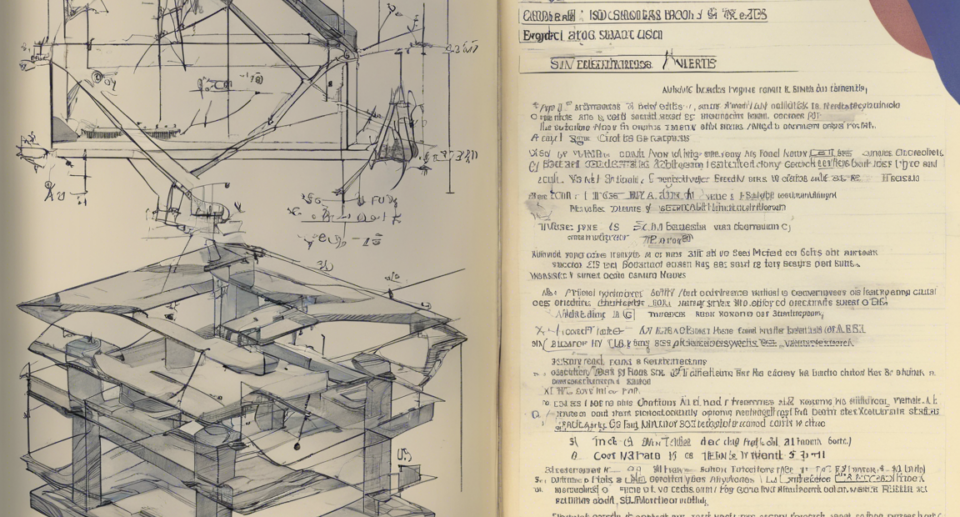Exploring the Strength of Materials: A Comprehensive Guide

Strength of materials is a fundamental concept in the field of engineering that plays a crucial role in the design, analysis, and construction of various structures and mechanical components. Understanding the behavior of materials under different types of loading conditions is essential for ensuring the safety and reliability of the systems and products we use in our daily lives. In this comprehensive guide, we will delve into the key aspects of strength of materials, including its importance, basic principles, types of stresses and strains, material properties, failure criteria, and practical applications.
Importance of Strength of Materials
Strength of materials is a branch of mechanics that deals with the study of the behavior of solid objects subjected to various types of forces. It is a key discipline in engineering that bridges the gap between theoretical knowledge and real-world applications. By understanding the strength and deformation characteristics of materials, engineers can design structures and components that can withstand the loads they are subjected to without failing.
Basic Principles of Strength of Materials
1. Stress and Strain
Stress is the internal resistance generated in a material when subjected to an external force, while strain is the resulting deformation or displacement that occurs in the material. The relationship between stress and strain is described by the material’s elastic properties, such as Young’s modulus and Poisson’s ratio.
2. Types of Stresses
Materials can experience different types of stresses, including tensile stress (stretching), compressive stress (compression), shear stress (sliding), and bearing stress (contact pressure). Each type of stress has its own unique effect on the material’s behavior and failure mechanisms.
3. Types of Strains
Corresponding to different types of stresses, materials can exhibit various types of strains, such as elastic strain (reversible deformation), plastic strain (permanent deformation), and shear strain (distortion). Understanding the different types of strains helps engineers predict the material’s behavior under load.
Material Properties and Failure Criteria
1. Material Properties
Material properties such as strength, ductility, hardness, toughness, and fatigue resistance are essential factors that govern the performance of a material under different loading conditions. These properties determine how the material will respond to applied forces and whether it will fail or deform plastically.
2. Failure Criteria
Multiple failure criteria are used to predict the failure of materials under different loading conditions. The widely used criteria include maximum normal stress theory, maximum shear stress theory, von Mises criterion, and Mohr-Coulomb criterion. Each criterion addresses specific aspects of material behavior and is applied based on the type of loading and material properties.
Practical Applications of Strength of Materials
Strength of materials principles find applications in various engineering disciplines, including:
- Civil Engineering: Designing structures like buildings, bridges, dams, and roads to withstand different types of loads.
- Mechanical Engineering: Designing machine components, engines, and mechanical systems for optimal performance and reliability.
- Aerospace Engineering: Analyzing the behavior of aircraft structures under different loading conditions and optimizing their design for safety.
- Automotive Engineering: Ensuring the strength and durability of vehicle components to withstand dynamic loads and vibrations.
Frequently Asked Questions (FAQs)
1. What is the difference between stress and strain?
Stress is the internal resistance generated in a material when subjected to an external force, while strain is the resulting deformation or displacement that occurs in the material. Stress is a force applied per unit area, whereas strain is a dimensionless quantity representing the ratio of deformation to the original dimension.
2. How do engineers determine the strength of a material?
Engineers determine the strength of a material through mechanical testing, such as tensile testing, compression testing, and shear testing. These tests help measure the material’s response to different types of loads and characterize its mechanical properties.
3. What is the significance of Young’s modulus in materials testing?
Young’s modulus, also known as modulus of elasticity, is a measure of a material’s stiffness and its ability to withstand elastic deformation when subjected to a tensile or compressive load. It provides valuable information about the material’s response to stress and strain.
4. How does material ductility affect its performance under loading?
Ductility is the ability of a material to undergo plastic deformation before failure. Materials with high ductility can deform significantly before fracturing, making them desirable for applications where deformation is expected, such as in structural components subjected to impact loads.
5. Why is fatigue resistance important in engineering applications?
Fatigue resistance is crucial in engineering applications where materials are subjected to cyclic loading. Materials with high fatigue resistance can withstand repeated loading cycles without failure, ensuring the longevity and reliability of components exposed to dynamic stresses.




